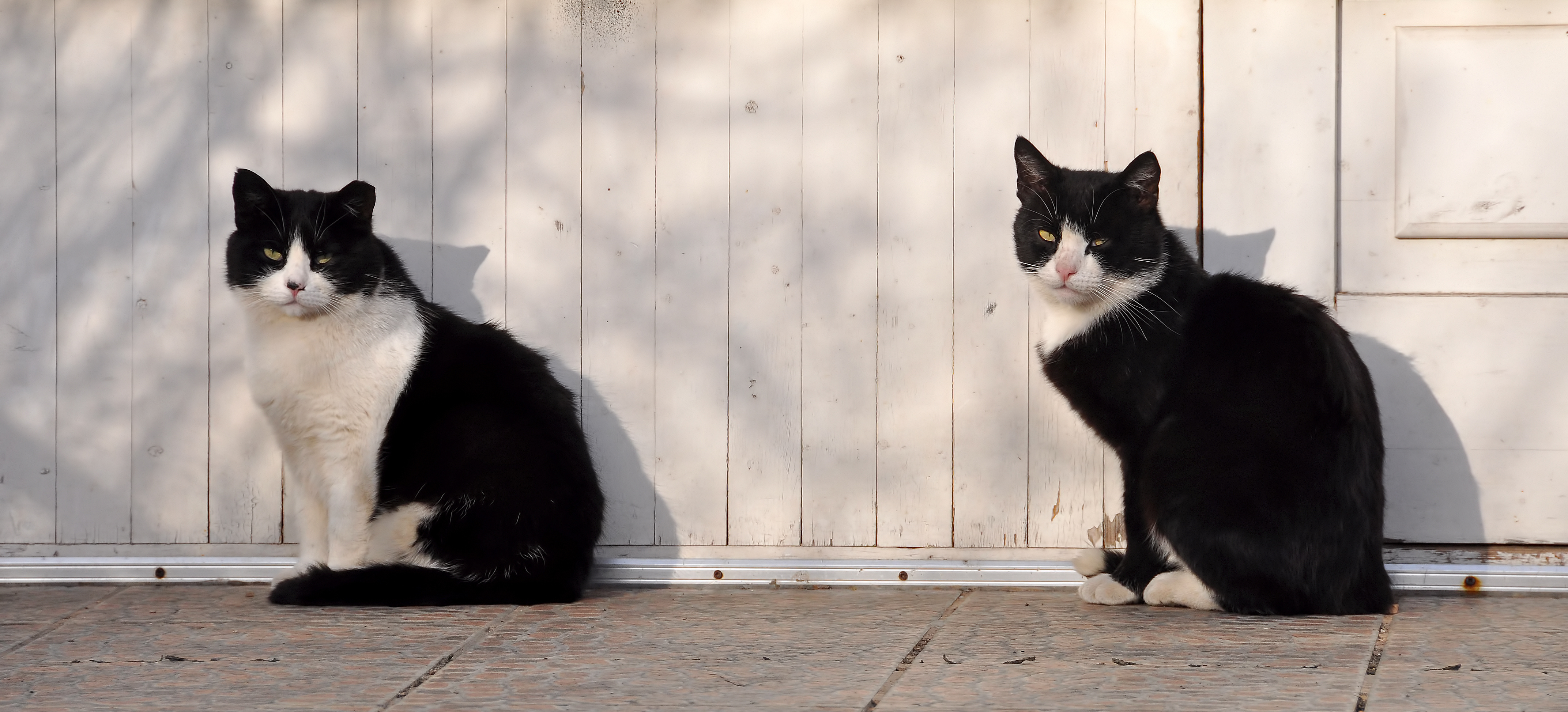When you are applying to register a trade mark, a third party may oppose your application or later apply to have it invalidated if there are similarities with an earlier trade mark that lead to a likelihood of confusion.
The High Court recently considered this point in detail in relation to the trade marks “VETSURE” and “PETSURE”.
Background
In 2020, Howserv Services Limited, a part of the Staysure group, branched out into pet insurance and registered the trade mark “PETSURE”.
The trade mark “VETSURE” was previously registered by another pet insurance company and has been used since 2009. The owner of that trade mark claimed trade mark infringement and passing off. They further applied to have the PETSURE trade mark invalidated.
For any of the claims to be successful, it would need to be considered by the court that the trade marks are similar, registered for identical goods or services, and there exists a likelihood of confusion on the part of the public.
It was contended that because the trade marks are of a similar length and have an aural similarity because of the identical element of “-ETSURE”, with only the first letter of each trade mark being different, there was a likelihood of confusion between the two.
Judgment
The High Court considered that the “-SURE” aspect of each mark is understood by the public as the abbreviated name applied to insurance service providers.
As both trade marks are a combination of descriptive terms, they benefit from less protection than a wholly distinctive term because the customer will understand the term as it describes the goods or services, and similarity as a result of those descriptive terms is not enough to establish the risk of confusion. These trade marks are unlikely to be more descriptive or cause any more confusion than various other pet insurers that have “vet” or “pet” in the name.
Additionally, the two trade marks are not conceptually similar because a consumer will perceive the different meanings of “VET” and “PET”. Therefore, a consumer would not be confused between the two trade marks.
As a result, the owners of the VETSURE trade mark failed in their actions, and PETSURE continues to be a registered trade mark today.
Comment
This case offers some fascinating insight into the analysis of what constitutes a similar trade mark and the different components that need to be considered when identifying if there is a likelihood of confusion between two trade marks.
It is essential when registering a trade mark, especially for smaller businesses with less capital to allocate for brand protection, to firstly consider whether the trade mark is capable of registration and secondly to assess the level of risk attached to existing trade marks that may oppose the application, or later apply for invalidation.
For more information about this article or any other aspect of trade mark registration, contact your Napthens Solicitors in Preston, Kendal, Liverpool, and across the North West today.


